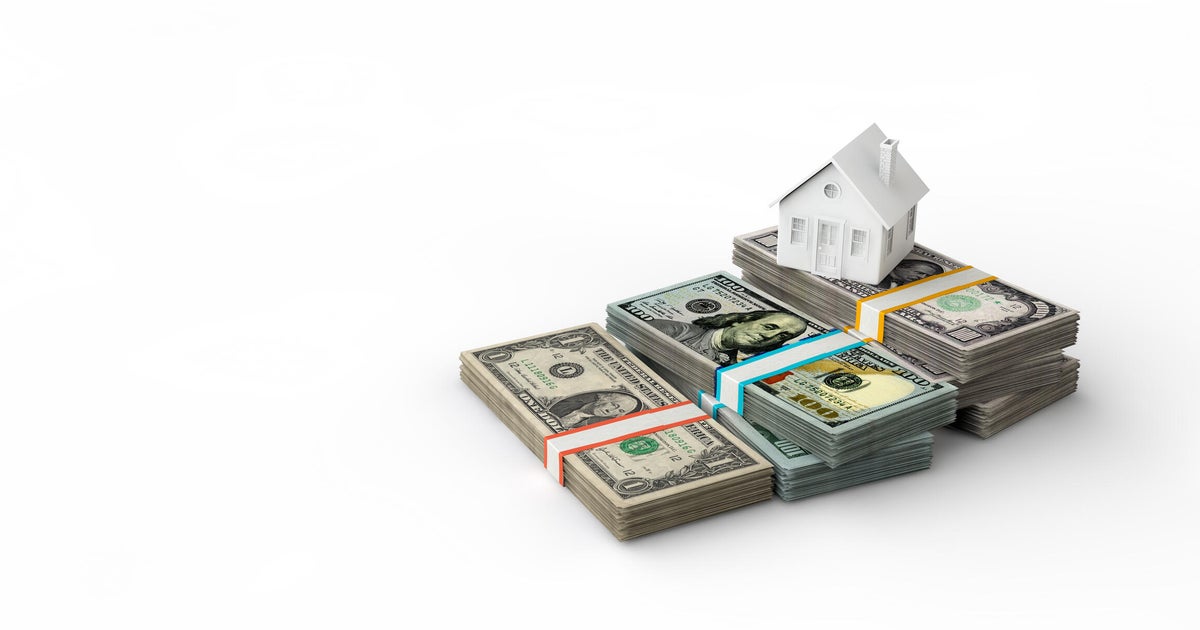

No response returned

According to a report released in early March, the is now $313,000. While that's down from the homeowners had in 2024, it's still a six-figure amount that homeowners can borrow from in today's high-rate climate. With most home equity lenders mandating that homeowners keep a healthy 20% portion of equity in their home as a buffer, a or is generally accessible for most homeowners.
Borrowing that much equity, however, should always be approached strategically, particularly if done with a HELOC, which comes with a subject to for homeowners. Still, the benefits and cost-effectiveness of a HELOC have become more pronounced in the early months of 2025, making it one of the better ways to borrow a large sum of money right now. Before getting started with a $100,000 HELOC now, however, homeowners should refresh their understanding of this unique home equity product. Below, we'll break down three things borrowers should keep in mind now.
.
Here are three items homeowners should be aware of before pursuing a $100,000 HELOC in today's economy:
Considering a HELOC amid other home equity borrowing options? If the goal is to spend as little as possible to secure the $100,000, then you can stop looking around, as a . With an interest rate of just 7.95%, HELOCs are less expensive than home equity loans (with a rate of 8.36%). But they're also cheaper than personal loans (with average rates around 12%) and credit cards (with average rates just under a record 23%). This affordability is always attractive, but it's particularly important when borrowing , as the home could be upon if repayments aren't made. That will be much easier to do now, however, with a HELOC than it would be with most other alternatives.
.
Homeowners considering a $100,000 HELOC right now shouldn't just look at today's average interest rates – they should also inspect the path these rates have taken over the past year. When taking this broader look, borrowers would learn that HELOC rates have been steadily declining for more than a year now. Not only did , but they've continued that drop in a significant way this year. . And if inflation continues to fall (it declined in February and March) and the Federal Reserve resumes the interest rate-cut campaign it started in 2024, HELOC rates will fall further, making it even easier to repay your HELOC in the future.
Because a HELOC rate is variable and because $100,000 represents a significant part of the average homeowner's equity, it's critical that repayments are calculated against a series of realistic interest rate scenarios – not just what's available right now. Volatility, in other words, will need to be priced in for the long term, as any number of economic items could cause rates to rise or fall. With a 10-year in which interest-only payments are required, followed by an extended repayment period, it makes sense to calculate these costs over an extended period. And, if unaffordable, it may be worth locking in a home equity loan rate instead, which will be easier to budget for, even if that simplicity comes with a slightly higher repayment.
Borrowing a large, six-figure sum of money should always be done cautiously, but even more so when using your home equity as the funding source. By understanding these three items now, homeowners can better determine if a $100,000 HELOC is the answer to their financial needs or if they'll be better served by exploring alternatives.




